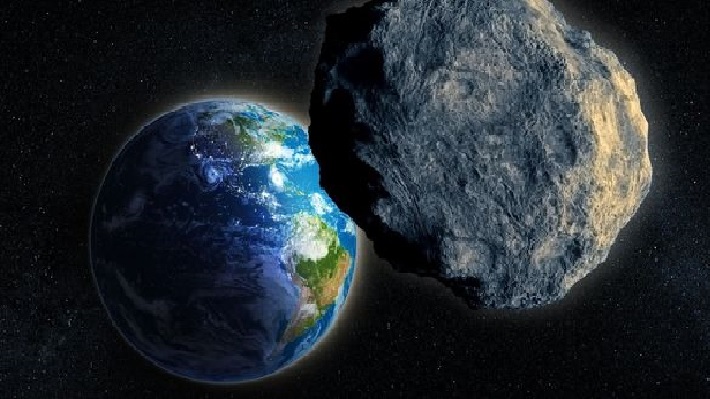Nasa detects two space rocks heading towards Earth
TCK Briefing within
This week a comet that started life in the outer reaches of our solar system will be visible from Earth for the first time, as it approaches our planet’s orbit. The comet will be 66 million miles (106 million km) from Earth at its closest approach.
Another recently-discovered object, called 2016 WF9, has also been taking a scenic tour of our solar system, approaching Jupiter’s orbit at its greatest distance from the sun. On 25 February this year, it will approach Earth’s orbit, passing at a distance of nearly 32 million miles (51 million kilometers) from Earth. But Nasa still doesn’t know whether the object is an asteroid or a comet.

First object: Comet
The comet, C/2016 U1 NEOWISE, “has a good chance of becoming visible through a good pair of binoculars, although we can’t be sure because a comet’s brightness is notoriously unpredictable,” said Paul Chodas, manager of Nasa’s Center for Near-Earth Object (NEO) Studies at the Jet Propulsion Laboratory in Pasadena, California.
This week, comet C/2016 U1 NEOWISE will be in the south-eastern sky shortly before dawn. Nasa is unsure exactly how large it is.
It is moving farther south each day and it will reach its closest point to the sun, inside the orbit of Mercury, on 14 January, before heading back out to the outer reaches of the solar system for an orbit lasting thousands of years.
While it will be visible from Earth, it is not considered a threat to our planet.
Second object: Asteroid or comet?
Next month, another object, which is a blurred line between an asteroid and a comet, might also be visible.
This object was discovered by Nasa’s NEOWISE mission, the asteroid-and-comet-hunting portion of the Wide-Field Infrared Survey Explorer (WISE) mission, on 27 November last year.
Over the course of 4.9 Earth-years, it has travelled inward, passing under the main asteroid belt and the orbit of Mars until it will swing just inside Earth’s own orbit in February this year.
“The trajectory of 2016 WF9 is well understood, and the object is not a threat to Earth for the foreseeable future,: says Nasa.
What scientists do know is that 2016 WF9 is relatively large: roughly 0.3 to 0.6 miles (0.5 to 1 kilometre) across. It is quite dark, reflecting only a few per cent of the light that falls on its surface. Its body resembles a comet in its reflectivity and orbit, but appears to lack the characteristic dust and gas cloud that defines a comet.
2016 WF9 could have cometary origins,” said Deputy Principal Investigator James “Gerbs” Bauer at JPL.
‘This object illustrates that the boundary between asteroids and comets is a blurry one; perhaps over time this object has lost the majority of the volatiles that linger on or just under its surface.‘
Neowise
After discovering more than 34,000 asteroids during its original mission, NEOWISE was brought out of hibernation in December of 2013 to find and learn more about asteroids and comets that could pose an impact hazard to Earth.
If 2016 WF9 is a comet, it would be the 10th discovered since reactivation, but if it turns out to be an asteroid, it would be the 100th discovered since reactivation.
Thirty-one asteroids that NEOWISE has discovered pass within about 20 lunar distances from Earth’s orbit, and 19 are more than 460 feet (140 metres) in size but reflect less than 10 per cent of the sunlight that falls on them.
